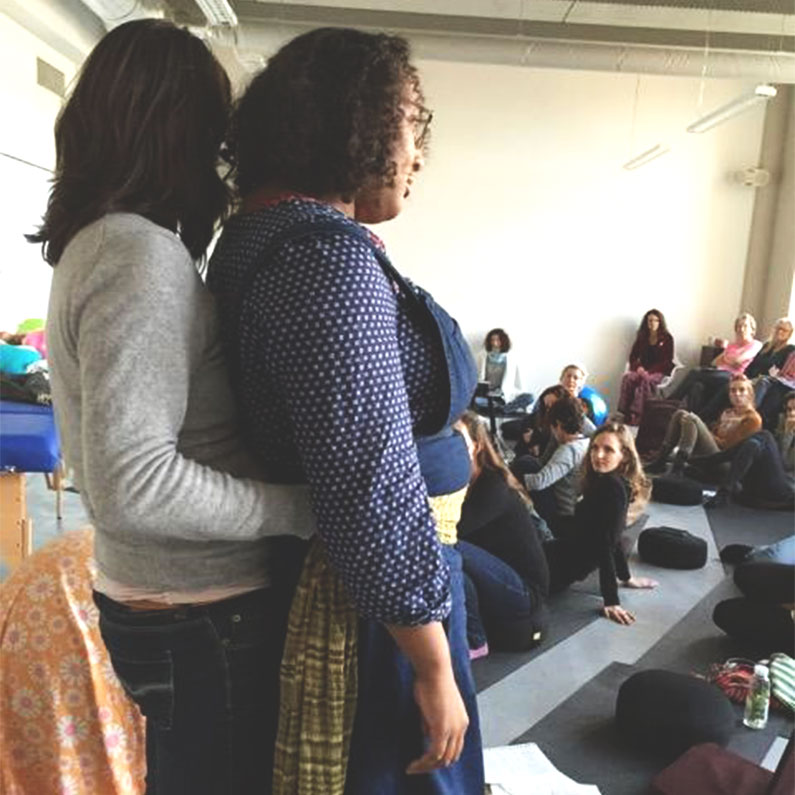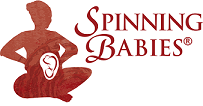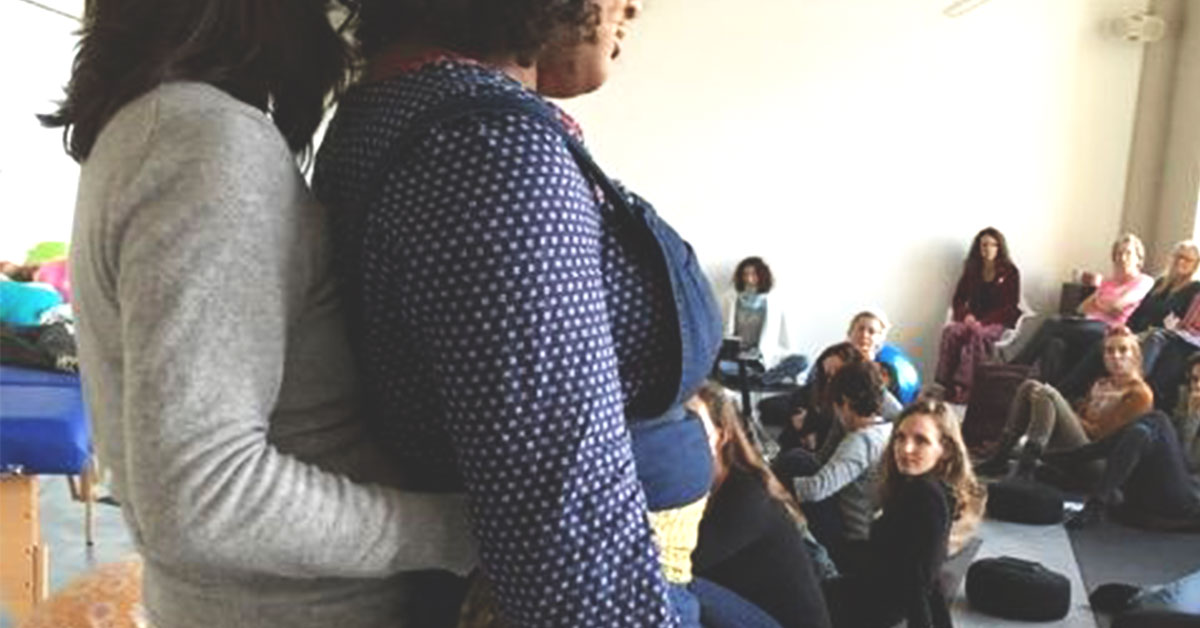What makes a baby with an occiput posterior fetal position at delivery more likely to be born vaginally, and what are predictive factors of anterior rotation during labor? A French team looked at 439 occiput posterior labors and what may favor rotation to the anterior position.
Long arc rotation from posterior to anterior was seen in 64% during dilation stage and 13% during the expulsive stage. A persistent fetal occiput posterior position during delivery added significant time to the second stage compared to other positions (65.19 minutes versus 43.29, P=0.001, respectively). Posterior presentation caused a higher percentage of caesarean sections (72% versus 4.7%, P<0.001) and instrumental delivery (among low-birth deliveries, 60.7% versus 25.2%, P<0.001). Tears of the perineum were more frequent, as was blood loss (560 mL versus 344 mL, P<0.001). The only predictive factor at delivery, independent of rotation, was a good flexion of the fetal head at complete dilation, which multiplied the anterior rotation probability by six.
The flexed posterior baby could rotate to anterior, but the posterior baby with the neck extended and chin away from the chest had little success rotating. Therefore, flexion of the fetal head was predictive of rotation.
Spinning Babies® Techniques to Encourage Flexion and Rotation
Spinning Babies® shares tips and birth positions for helping the posterior baby to flex the head and rotate. We offer Three Levels Solutions—matching the birth position to the level of the pelvis where baby waits. We add Balance then open the pelvis. The Sidelying Release is the most significant Balance technique to help rotate a baby deep in the pelvis.

The Abdominal Lift and Tuck is ideal for the baby at -3 Station opening the pelvis at the inlet of the pelvis.For more details, you may be ready to study our “Quick Reference Guide: A Trainer in Your Pocket.”
Add balance and if the baby doesn’t follow, take a look at midwife Catherine Os’ guidance on manual rotation of the posterior baby to anterior.
References:
Othenin-Girard, V, et al. “Occiput Posterior Presentation at Delivery: Materno-Foetal Outcomes and Predictive Factors of Rotation.” Gynecologie, Obstetrique, Fertilite & Senologie, U.S. National Library of Medicine, Feb. 2018.
Arthuis, C. J., et al. “Fetal Head Station: Myth of ACOG Classification.” Ultrasound in Obstetrics & Gynecology, John Wiley & Sons, Ltd, 7 Feb. 2017.
Further Reading:
- Protocol for Persistent Posterior in Labor
- Flexion Matters
- Don’t Say Posterior? Does Silence Serve?
- Posterior
Upcoming Workshops
[tribe_events_list limit=”4″]

